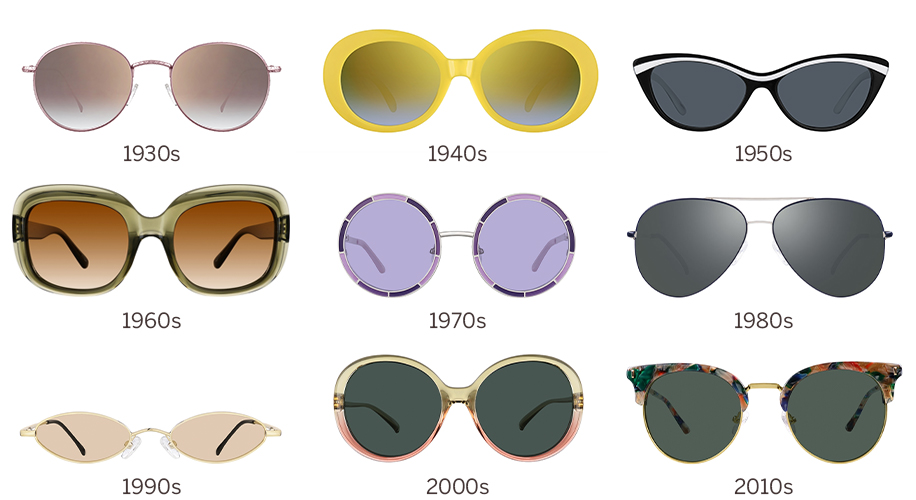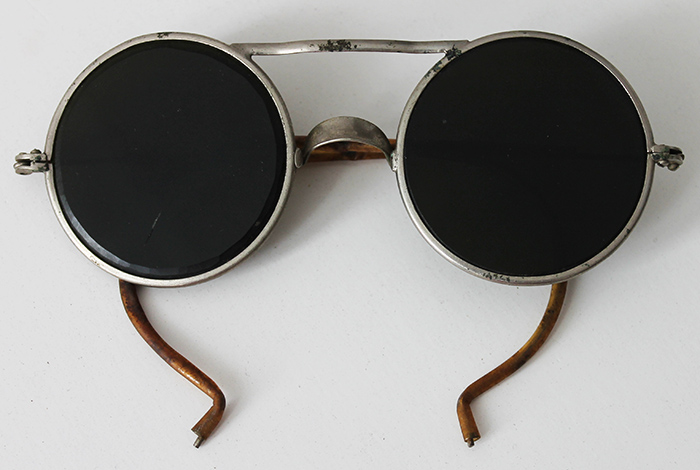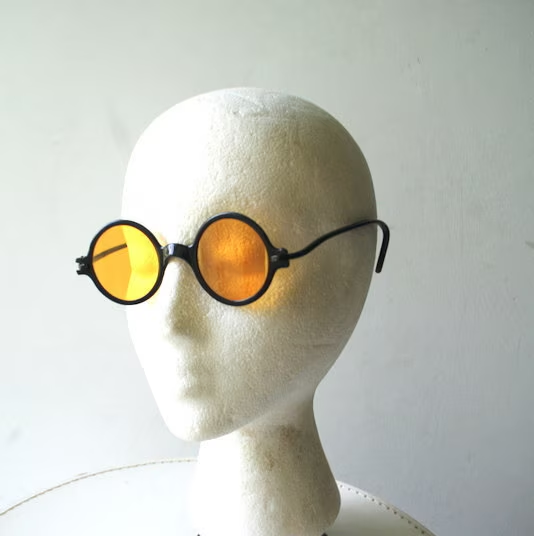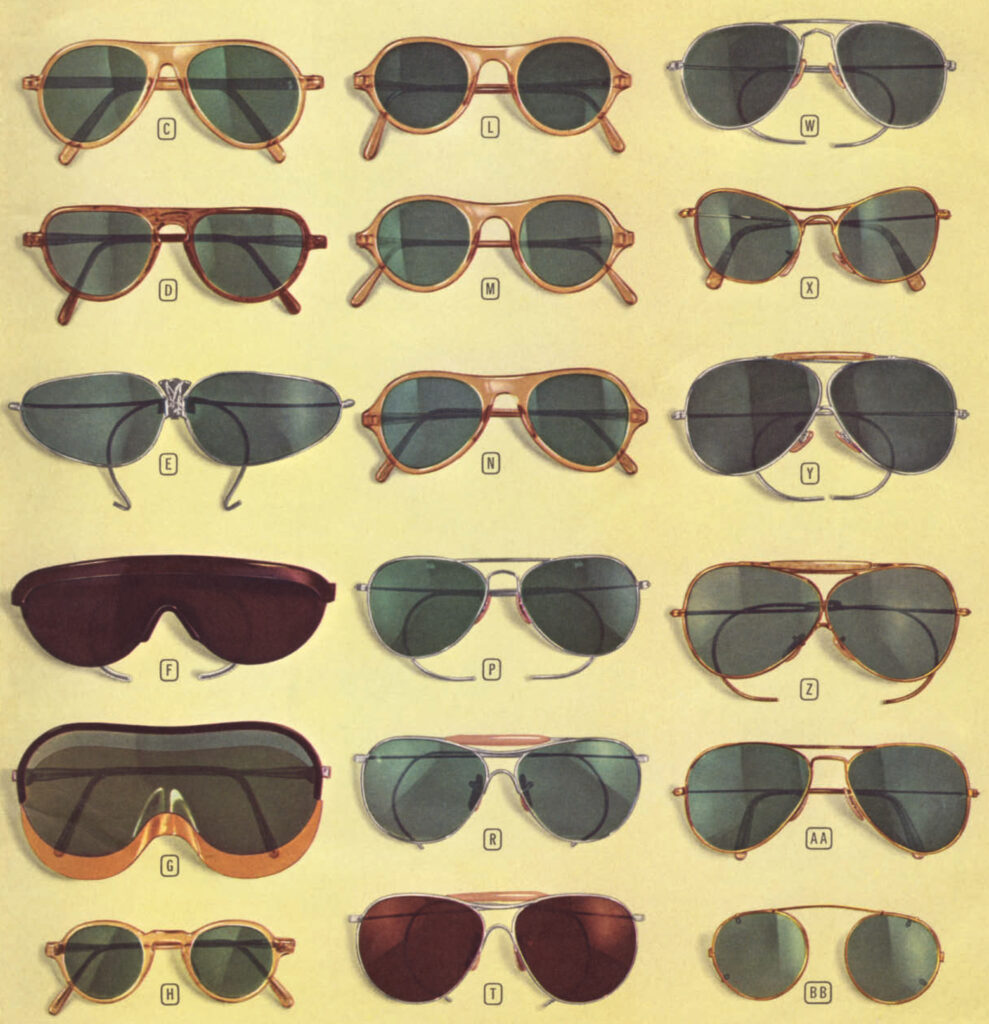Who Invented Sunglasses? A Journey Through Time, Sunlight, and Style

Sunglasses are a staple of modern life—offering not just protection from sunlight but also a touch of personal style, mystery, and cool. Yet behind this iconic accessory lies a rich, surprising history stretching back thousands of years. From Inuit snow goggles to courtroom concealment in imperial China, the journey of sunglasses is filled with fascinating innovation and cultural significance.
So, who really invented sunglasses? The answer isn’t a single person or moment, but rather a series of technological and cultural developments across civilizations that slowly led to the shaded spectacles we know today.
🏔️ Early Origins: Inuit Snow Goggles (~2,000 years ago)
Long before the idea of sunglasses as fashion or sun protection, the Inuit peoples of the Arctic created the earliest known vision protectors.
- Made from walrus ivory, caribou bone, or wood, these “snow goggles” had horizontal slits carved into them to reduce the amount of sunlight reflected off the snow.
- These goggles helped prevent snow blindness, a painful condition caused by UV radiation reflecting off ice.
Though primitive in design, these goggles marked the first recorded attempt to control light entering the eyes—a concept central to modern sunglasses.

🏛️ Ancient Rome and China: Tinted Lenses for Practicality and Power
🔍 Rome (~1st century CE):
The Roman emperor Nero is said to have watched gladiator games through polished emeralds or green gemstones, believed to reduce glare. While this wasn’t “eyewear” in the modern sense, it shows an early appreciation of lens tinting for visual comfort.
👘 China (12th Century):
- Smoked quartz lenses were used in China during the Song Dynasty, primarily by judges and magistrates.
- These early “sunglasses” didn’t block UV rays but were used to hide eye expressions, allowing judges to remain emotionally neutral during trials.
- These lenses were held in frames similar to modern eyewear, making them one of the earliest functional precursors to sunglasses.
🕶️ The Birth of Modern Sunglasses: 18th–20th Century
🌞 18th Century – Tinted Vision
British scientist James Ayscough experimented with tinted lenses in the 1700s, using blue or green glass. However, his intent was medical, believing different lens tints could correct vision problems, not protect against sunlight.
🦠 19th Century – Sunglasses as Medicine
In the 19th century, tinted glasses were often prescribed to syphilis patients, who experienced light sensitivity as a symptom of the disease. This medical use helped normalize the wearing of tinted eyewear in public.

📽️ Hollywood and the Fashion Explosion (1920s–1930s)
🎥 The Hollywood Effect
By the early 20th century, sunglasses began appearing more frequently due to increased exposure to bright artificial lighting used on early film sets.
- Celebrities wore sunglasses to protect their eyes from studio lights and to maintain anonymity in public.
- This transformed sunglasses into a symbol of glamour and intrigue, sparking widespread demand.
🕶️ Mass Production Begins: Sam Foster (1929)
In 1929, Sam Foster, an American entrepreneur, began selling mass-produced sunglasses under the brand Foster Grant in Atlantic City, New Jersey.
- Foster’s sunglasses were affordable and stylish, making them accessible to the general public.
- This is often considered the true birth of commercial sunglasses as we know them today.
✈️ Sunglasses Go Tactical: World War II and Aviator Shades
During the 1930s and WWII, sunglasses became essential for pilots.
- Bausch & Lomb, a U.S. optics company, developed specialized sunglasses for military aviators, leading to the creation of the iconic Ray-Ban Aviators in 1936.
- These sunglasses were designed to reduce glare at high altitudes, protect pilots’ vision, and improve performance.
After the war, veterans brought their aviators home, further popularizing sunglasses among civilians.
🔬 Scientific Advancements: UV Protection and Polarized Lenses
- 1950s onward: Research into ultraviolet (UV) radiation revealed the dangers of sun exposure to the eyes, including cataracts and retinal damage.
- This led to the widespread use of UV-blocking lenses, transforming sunglasses from mere fashion into essential protective eyewear.
🕶️ Polarized Lenses:
Invented by Edwin H. Land (founder of Polaroid Corporation) in the 1930s, polarized sunglasses block horizontal light waves, drastically reducing glare from surfaces like water and roads.
🌍 Sunglasses Around the World Today
Modern sunglasses come in every style, price point, and technology imaginable. From smart glasses with built-in audio and cameras to luxury designer shades priced in the thousands, sunglasses now occupy a unique place at the intersection of fashion, function, and technology.

🧠 Conclusion: Who Really Invented Sunglasses?
There is no single inventor of sunglasses. Instead, they emerged from a global timeline of innovations, combining indigenous ingenuity, imperial-era experimentation, optical science, and 20th-century fashion.
| Period | Region | Contribution |
|---|---|---|
| ~2000 years ago | Arctic (Inuit) | Snow goggles to reduce sunlight reflection |
| 12th century | China | Smoked quartz sunglasses for legal anonymity |
| 18th century | Europe | Tinted lenses for vision correction |
| 1929 | USA (Sam Foster) | Mass production of affordable sunglasses |
| 1930s | USA (Bausch & Lomb) | Aviator sunglasses for military use |
| 1930s | USA (Edwin Land) | Polarized lenses |
Sunglasses today are a culmination of these advances—rooted in necessity, shaped by science, and elevated by culture.




